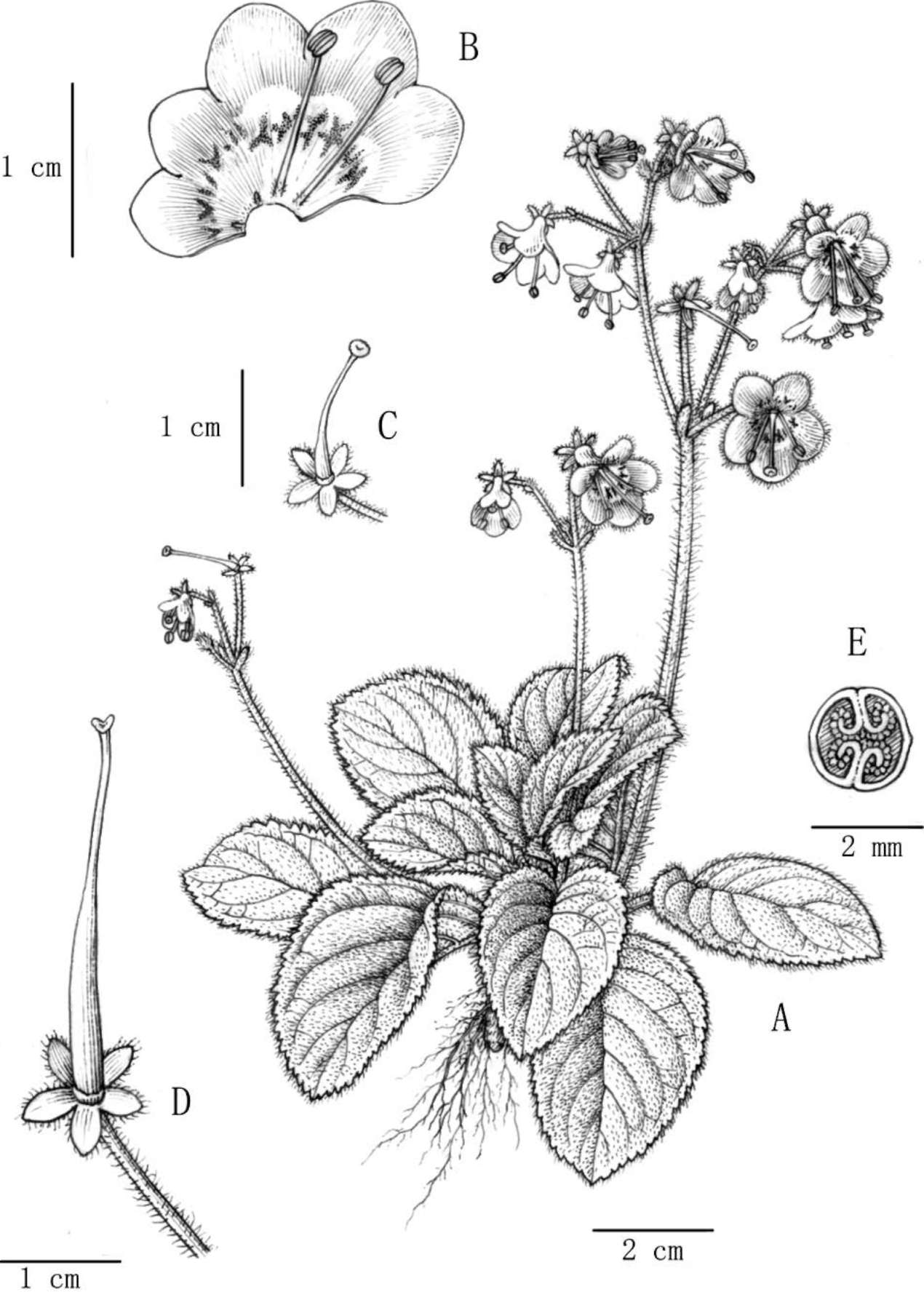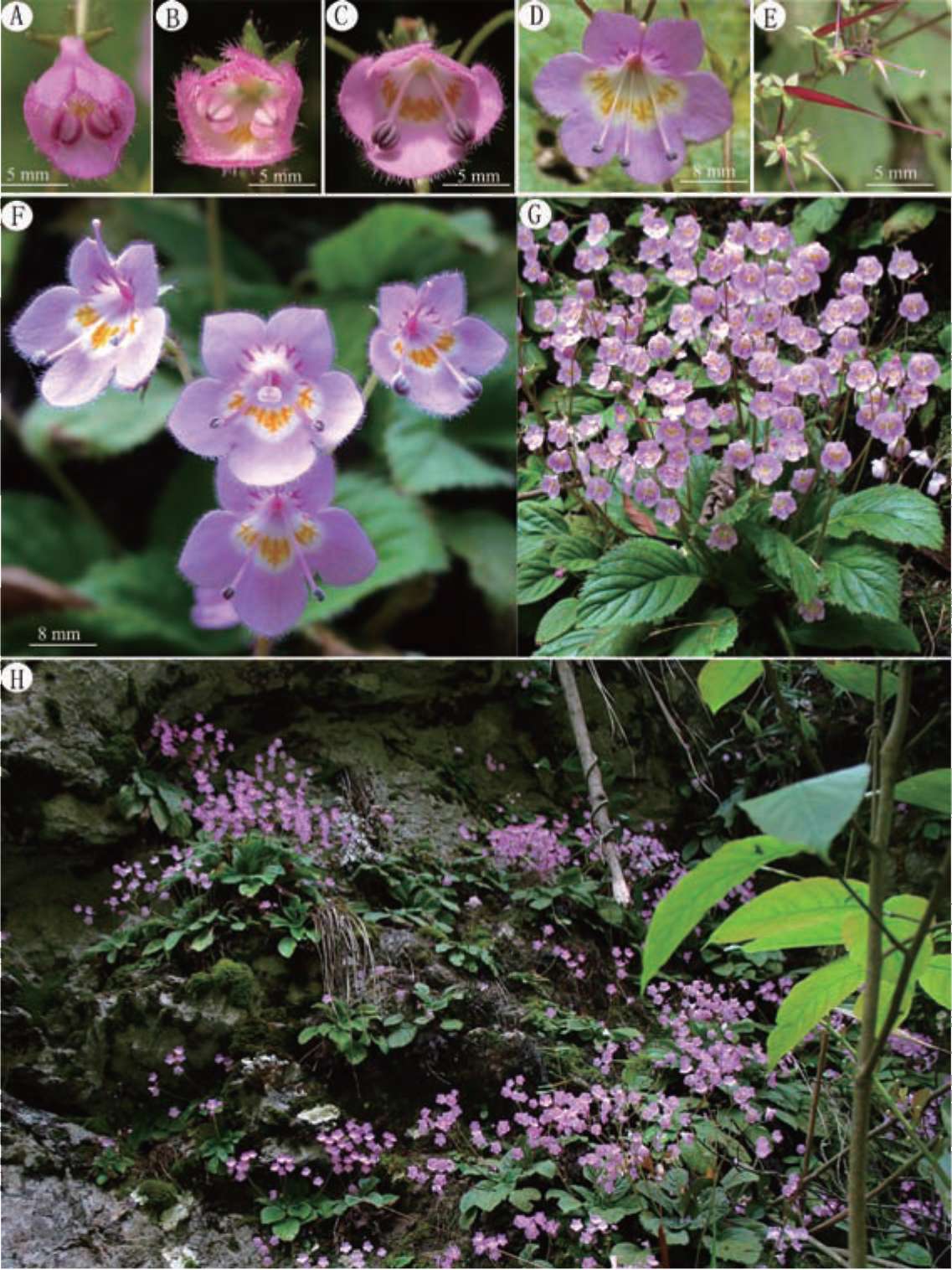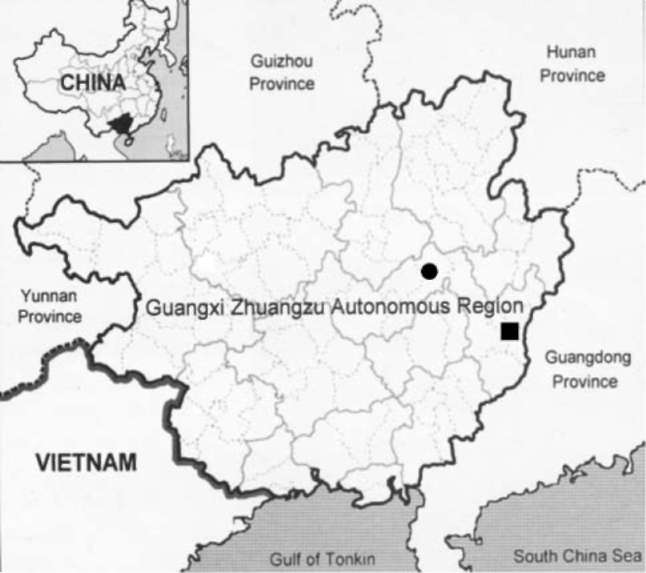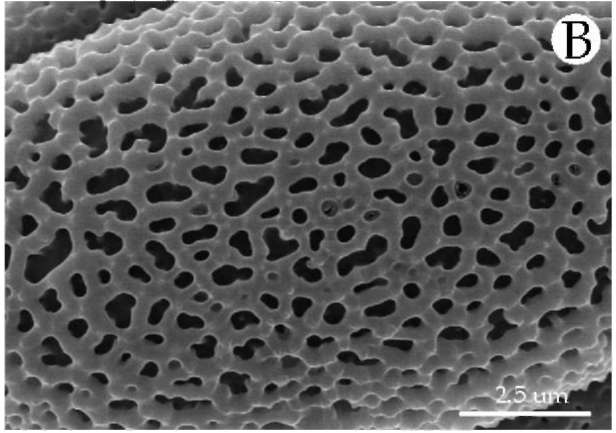394
Botanical Studies, Vol. 53, 2012
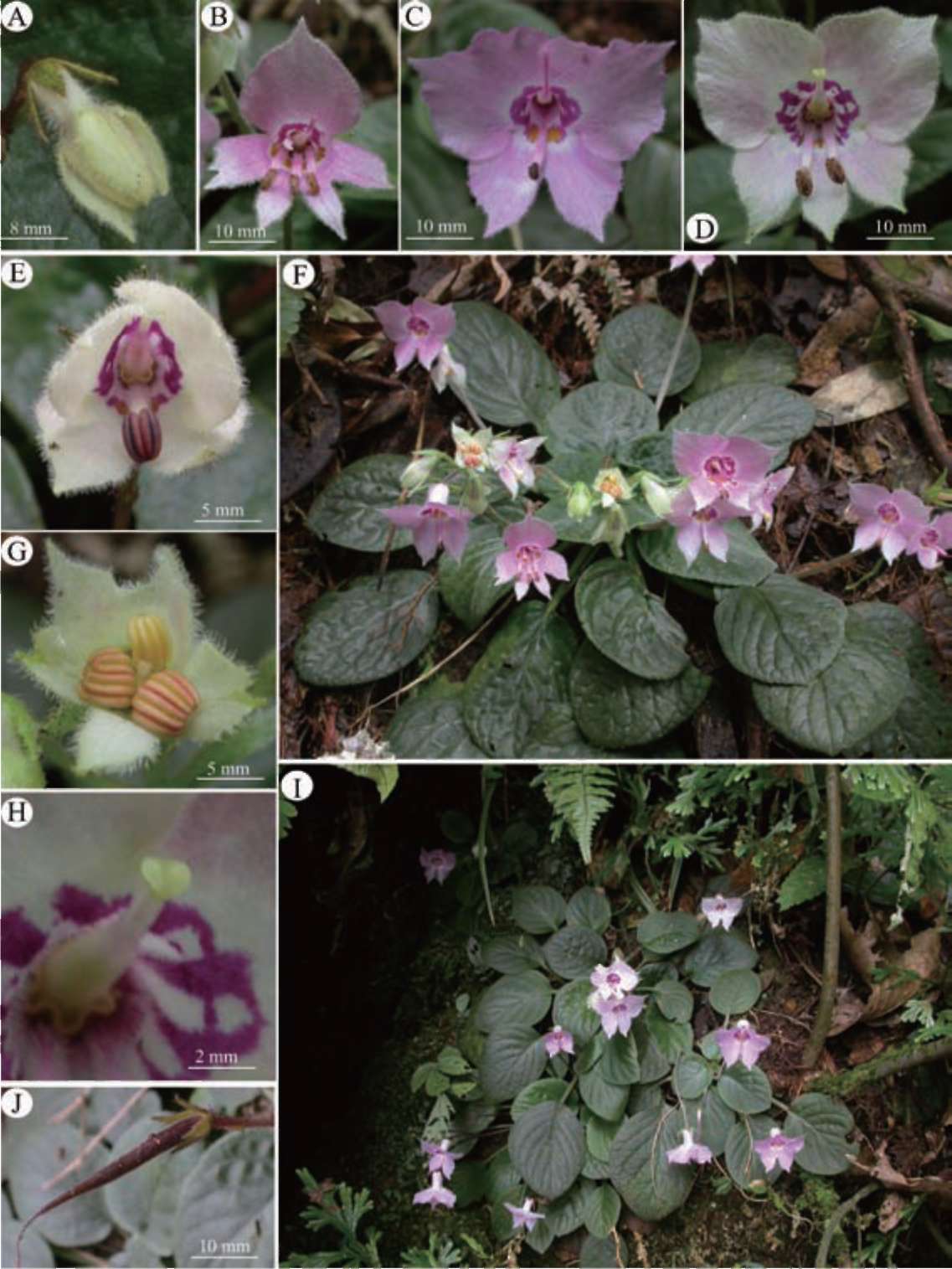
Figure 1. Oreocharis cotinifolia (W. T. Wang) Mich. Moller & A. Weber. A, Flower bud; B, Flower with 3 stamens; C, Flower with 1 stamen; D, Flower with 2 stamens; E, Flower, showing 1 fertile stamen; F, Habit; G, Flower, showing three fertile stamens; H, Pistil; I, Habitat; J, Young fruit.
for molecular phylogenetic analysis. Interestingly but not surprisingly, in the phylogenies of Moller et al. (2011b), D. serrulata sp. ined. was shown to be sister to D. cotinifolia W. T. Wang for which a new combination, Oreocharis cotinifolia (W.T.Wang) Mich. Moller & A.Weber, was made in the same article. The observed phylogenetic relationship suggests also that, rather than Dayaoshania, this
plant is better described as a new species of Oreocharis (Moller et al., 2011b). However, under the new definition of Oreocharis, many species also possess serrulate leaves (Wang et al., 1998; Li and Wang, 2004; Wei, 2010; Moller et al., 2011b), rendering the specific epithet 'serrulata' less informative. To better characterize this unique new species and highlight its morphological similarity and
